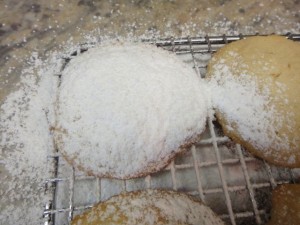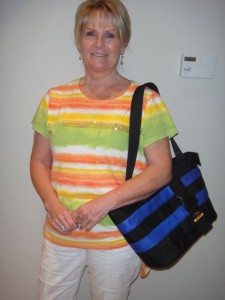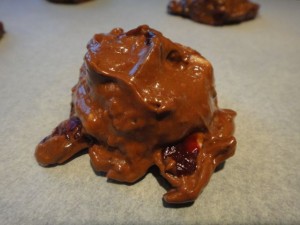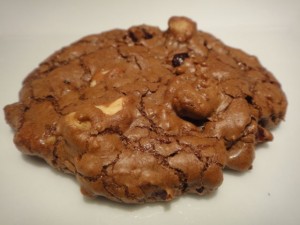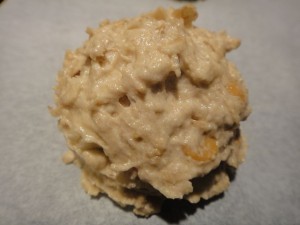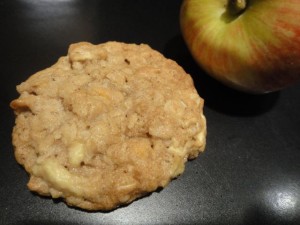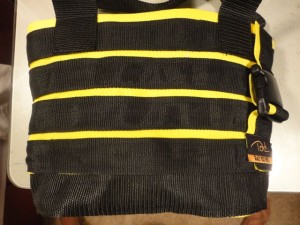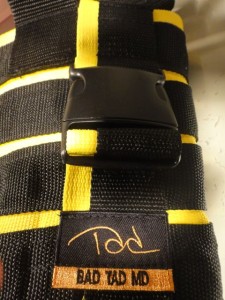Potato Chip Lemon Cookies
I picked this recipe to try because we had a couple of bags of potato chips we got from a Nob Hill promotion. Since we don’t eat very many plain potato chips, I thought this would be a great chance to get rid of some of them. When it came time to crush and put in the potato chips, I grabbed a bag of chips, crushed and measured them with abandon. I was at the point of throwing them in with the rest of the ingredients when I noticed: Spicy Jalapeño! Part of me wanted to proceed, but since I had never made them before, I decided it was not fair to make such a change the first try. Next time, I may use them and substitute lime juice and zest for the lemon and see how they come out. Watch out for those!
Recipe By:
Mercury News
Yield:
72
Ingredients:
16 ounces butter
1 cup sugar
3½ cups flour
1 cup crushed regular potato chips
2 teaspoons vanilla
2 teaspoons fresh lemon zest
2 tablespoons fresh lemon juice
Powdered sugar, for dusting
Directions:
1. Heat oven to 375 degrees.
2. Using an electric mixer, cream together butter and sugar.
3. Add flour, vanilla, lemon zest and juice. Mix well.
4. Stir in potato chips.
5. Form dough into 6 dozen small balls.* Place on ungreased baking sheets. Flatten each cookie with a fork.**
6. Bake cookies for 12 to 15 minutes, watching closely, as the cookies will brown quickly. Remove from oven and place on wire rack.
7. Sprinkle with powdered sugar while still hot.
Notes:
*I used my usual 2 tablespoon scoop and it made only half as many cookies.
** I didn’t flatten them and they came out fine. Perhaps with potato chips that were crisper or in larger pieces, this would be an issue.


